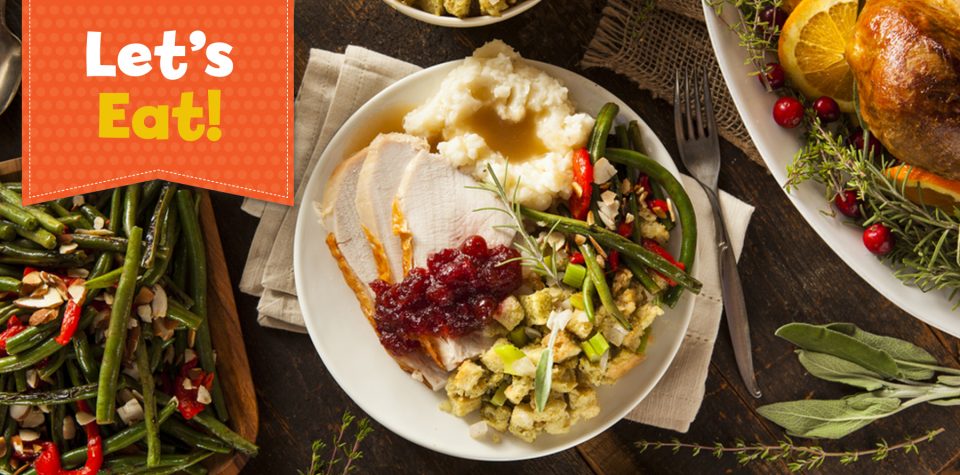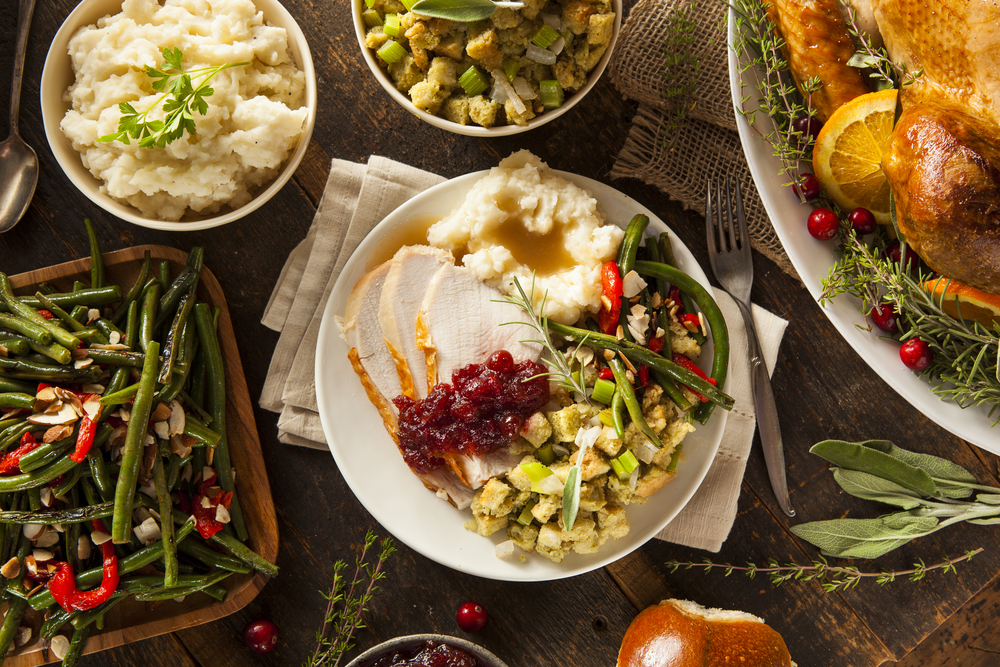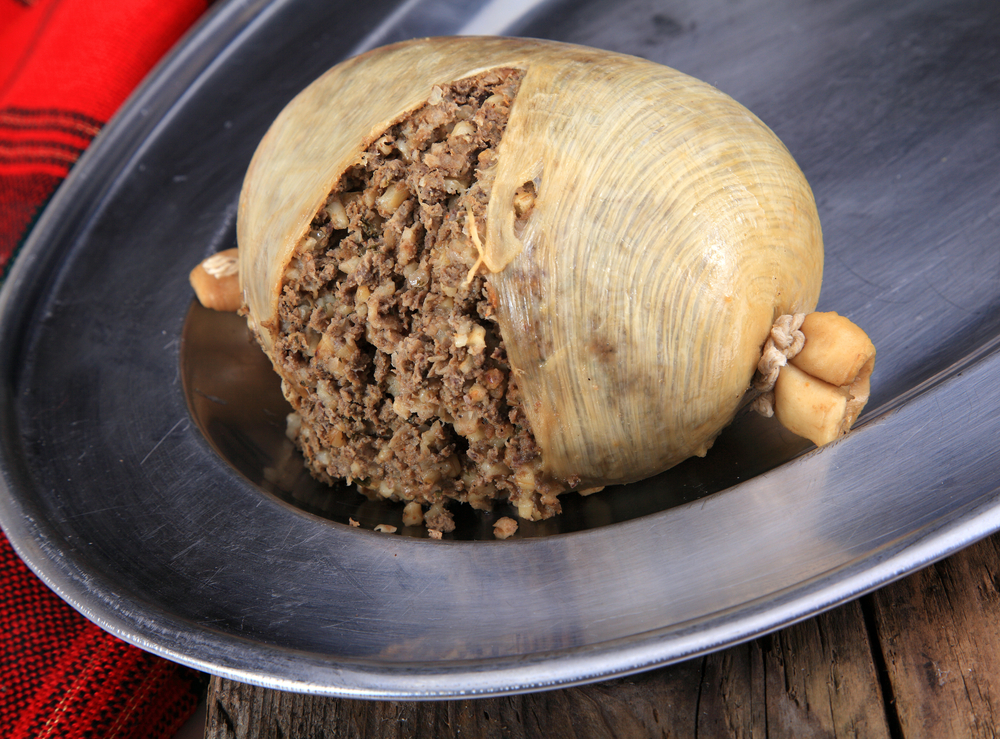
Learn about Feasts from Around the World
In the United States, the Thanksgiving holiday revolves around giving thanks and feasting on foods like turkey, sweet potatoes, and pumpkin pie, but it’s not the only holiday that requires an appetite. Check out these food-filled holidays from around the world and see how other countries use feasts to celebrate.

Iran
Nowruz, the Persian New Year, takes place in March and is a celebration of the first day of spring. The foods eaten during Nowruz are specifically chosen to evoke spring and renewal and welcome the coming year. One of the more meaningful dishes is Ash-e reshteh, a noodle soup made with spinach and green herbs. Untangling the noodles as you eat is thought to bring good fortune in the coming year. Another traditional Nowruz dish, (sabzi pollo mahi), places fish alongside a bed of herb-coated rice. The fish represents “abundance” and the herby, green rice mirrors the greenness of nature in the spring. Other dishes served at Nowruz include lamb and rice-stuffed grape leaves (dolmeh barg) and a green herb-filled omelet (kookoo sabzi).

The United Kingdom
Though he lived over 200 years ago, Robert “Bobby” Burns is a Scottish poet so beloved in the United Kingdom that every year his birthday is celebrated as “Burns Night.” Around January 25th, people across the United Kingdom gather for “Burns suppers” to read Burns’ poetry aloud and feast on the Scottish dish haggis, which was one of Burns’ favorite foods. Haggis is chopped sheep heart, lungs, liver, oatmeal, onion, and spices stuffed and cooked in a sheep’s stomach! Burns thought haggis was so delicious that he wrote an entire poem about it called “Address to a Haggis.”

Sweden/Denmark/Finland
Scandinavians celebrate the longest day of the year! Midsummer’s Eve takes place during the summer solstice, which is around June 21st. On this holiday, people sing traditional songs, dance around a decorated pole called the midsommarstang, and feast. One of the most popular Midsummer’s Eve foods is a kind of fish, called herring, that is pickled with mustard and onions and served with boiled new potatoes, sour cream, dill, and chopped boiled eggs. Swedish meatballs, sausage, grilled meats, strawberries and cheese pie are also traditional dishes to eat on Midsummer’s Eve.
South Korea
The harvest festival Chuseok is the largest and most important holiday in South Korea. Chuseok celebrations take place over three days. It involves visiting with extended family, giving thanks to ancestors, and dancing. Foods commonly seen during Chuseok include braised beef shortribs (Galbi jjim), a savory pancake (jeon), and a sweet potato noodle dish (japchae). Because rice is one of the crops celebrated during the harvest festival, the rice cake songpyeon is the defining food of Chueseok. Songpyeon is made from kneaded rice flour and stuffed with chestnuts, red beans, or sesame seeds before being steamed over pine needles. South Korean families gather to make songpyeon together and see who can make the prettiest shape.

Greece
On the Greek island of Cyprus, preparation for Lent takes place over two weeks of feasting. Because people abstain from meat during Lent, one week before Lent (called Kreatini) is dedicated to eating lots of meat. Another week (Tyrini) is devoted to eating cheese. Pork stew (afelia), marinated and grilled lamb skewers (souvlaki) and a dish of baked lamb, tomatoes, onions, and potatoes (tavva) are traditional Kreatini dishes. During Tyrini, people eat various kinds of sweet and savory cheese-filled pastries (bourekia), cheese cookies topped with herbs, bread filled with Halloumi cheese, and ravioli stuffed with local, fresh cheese.

